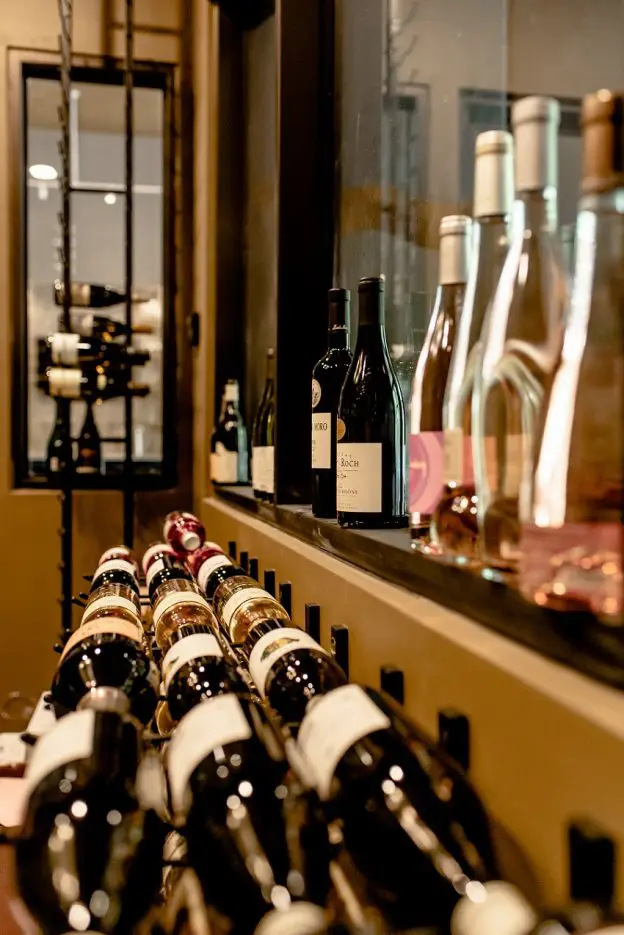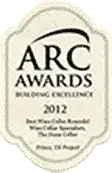After deciding to build a wine cellar in your home (or have one built), you should look at the cellar’s overall efficiency first. How the cellar will look, and whether or not it will match how the rest of your house looks, should be a secondary concern. Of course, the design isn’t an afterthought, but at the end of the day, the colours you use in your wine cellar, if you use colors, will not help you protect and store your wine collection.
Making sure your cellar is efficient means that your cooling unit must be the proper size for the room and emit the proper BTU’s to efficiently cool the room according to your specific conditions. (see other blog posts for information on cooling unit options) Your cooling unit, more than likely, is going to look and sound very different than what you might be thinking. Depending upon which type of unit you can use in your situation, the look of your cooling unit could vary greatly.
When you pick your cooling unit, there is usually an external temperature display on it. The cooling unit will help you monitor and regulate your wine cellars temperature. With some units, this display can be placed in a spot inside or outside of your wine cellar. On others, it is attached to the unit itself. This temperature display will show you how hot or cold your cellar is, and if the temperature fluctuates out of your preset range, it will “tell” the cooling unit to readjust the temperature inside the cellar. This should happen automatically.
Because your wine cellar, as one expert puts it, is “dark and damp,” always install moisture-resistant materials during the build-out of the project. These materials can be covered with latex paint.
Depending on how you plan to use your wine cellar (is it for an investment or do you plan to drink the bottles of wine you will store in your cellar), you will want to choose the best cooling option for you. Wine cellar specialists can help you decide the system to put in place in your home.
Incorporating a wine cellar into your house is not overly complicated. Doing it right means taking your time, focusing on efficiency, and making sure you have the right people helping you make the right decisions that will best protect your investment and give you your desired result.
 />
/>


 Dallas
Dallas  Dallas
Dallas  Dallas
Dallas 
























